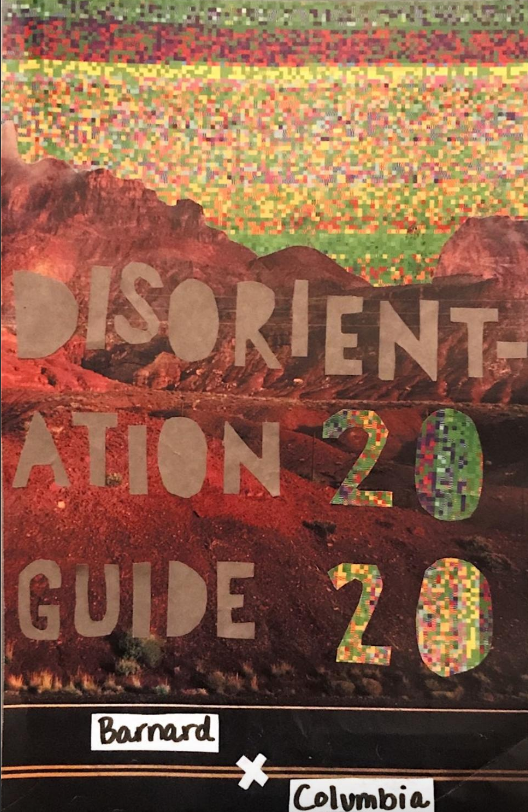As a Barnumbia newcomer and simultaneous critic of private, moneyed institutions with colonialist upbringings, the Disorientation 2020 guide has been enlightening and reassuring—a warm reminder of the legacy of radical student organizing and its’ “afterlives” of the here and now. The guide introduces you to a dozen or so anti-oppression student coalitions and Black, Latinx, Indigenous, and Asian-led student affinity groups with their histories of action and solidarity attached, all alongside their contact info. It also goes over the colonialist and anti-Black histories of violence and policing at Columbia, both in a visual timeline and in-depth article format detailing:
- The 1968 anti-gentrification occupation of Hamilton Hall by Black Columbia students in protest of the university’s plans to construct a gym in Morningside Heights with a separate entrance for Harlem residents, or “Gym Crow” as dubbed by organizers; their efforts were a success, and the university scrapped their plans!
- The 21 day-long blockade in 1985 of again, Hamilton Hall coordinated by the Coalition For a Free South Africa in protest of the university’s investments in South African apartheid; the blockade was a success, and Barnard and Columbia both divested from their respective endowments from corporations doing business with South Africa like IBM, General Motors, and Chevron!
- The 2014 NYPD raid (the largest raid in New York City history…) of the Grant and Manhattanville Houses, the result of four years of intense cyber-surveillance of its young Black residents in collaboration with Public Safety officers
- Multiple, recent violent incidents involving racist profiling by NYPD and Public Safety Barnard officers of Black students (like that of Alexander McNAb in 2019) and community members on campus.
I see so many parallels here in abolitionist student organizing I’ve been a part of or witnessed at my alma matter, so many tangible wins for students and surrounding community members countered by what must feel like an insurmountable kkkop presence on campus. All in all, I’m honored to be an accomplice to radical student efforts and an eventual part of that legacy—a time-bending and defining solidarity that Barnumbia students are an active part of. I’ll see about joining the Barnard Contingent Faculty Union (page 62!) when I’m feeling a bit more settled.
